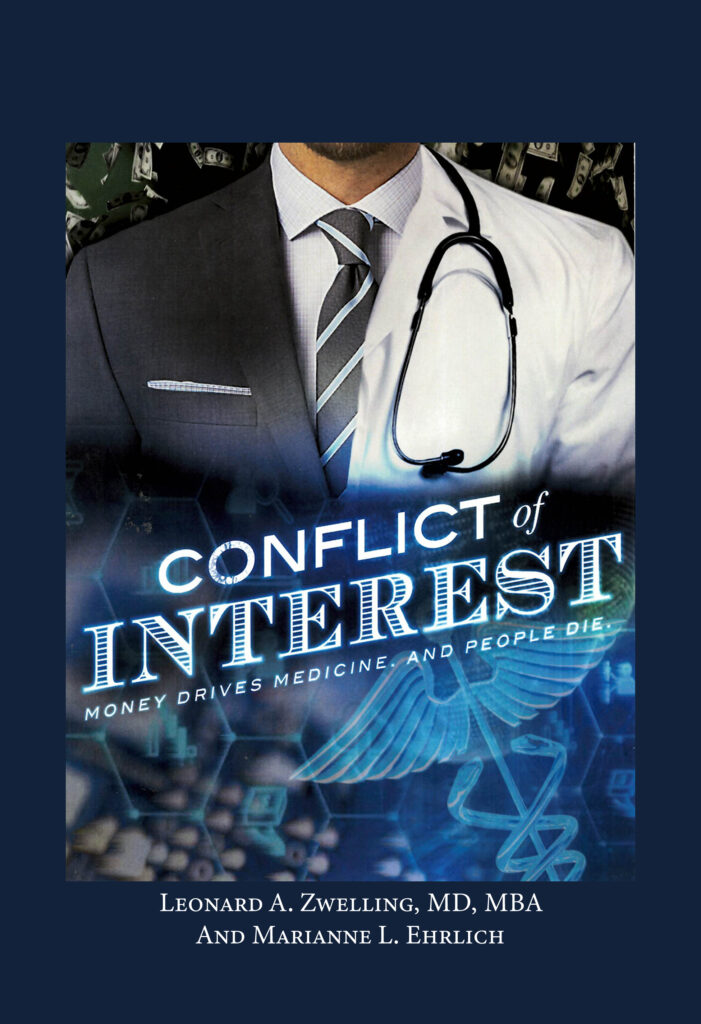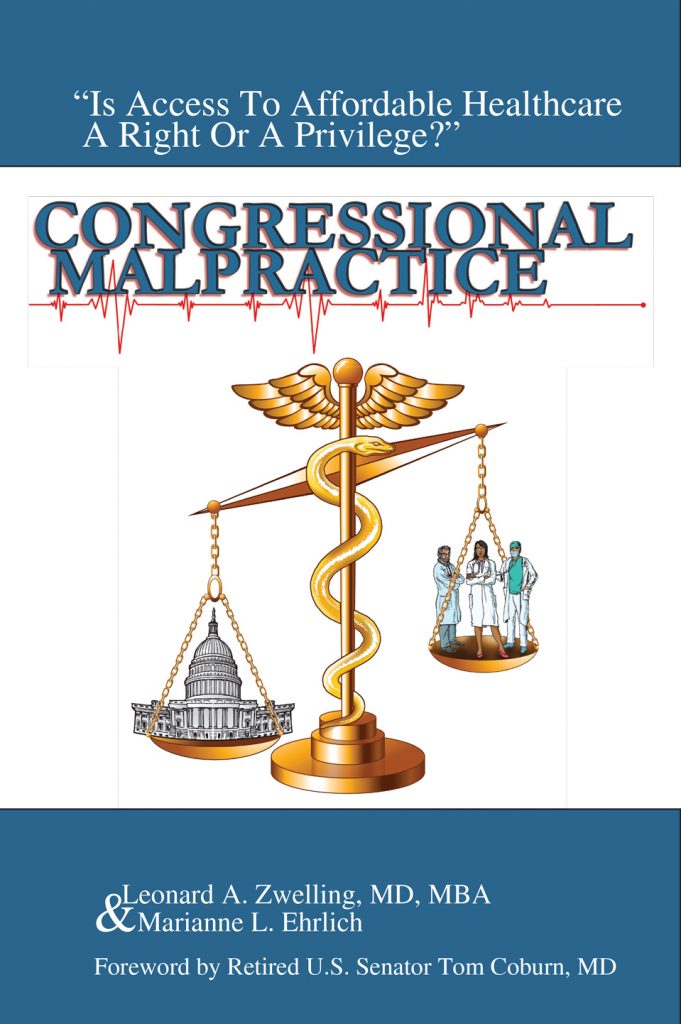Institutional Stories
By
Leonard Zwelling
Tim Kreider wrote a very thoughtful op-ed piece in The New York Times on Sunday, February 10.
In essence it was about “America’s War Of Stories” or the competing beliefs/truths/facts that are circulating through the Internet and influencing the way people perceive their neighbors and their country.
It should be pretty obvious to any thinking person that the truth is rather elusive and facts do not have the weight they used to thanks, in a large part, to the current President of the United States, who lies constantly, but the problem is not just of his making. We have competing truths on cable news and competing truths in newspapers. Conspiracy theories abound and America is starting to sound like a Third World nation in its focus on the malarkey coming out of the seats of government on both sides of Pennsylvania Avenue. As Kreider points out, “the fear is that introducing all these stories into the discourse will create narrative chaos, a land of false equivalencies, disinformation and conspiracy theory where we all get to choose our own boutique truths—one that closely resembles our current moment.” Exactly!
Only good old data can combat this and most people prefer stories to data.
One of the most important functions of leadership is elucidating a story of the entity that he or she is leading.
Having now lived through four MD Anderson presidents, I can believe that their ability to articulate their vision of the truth was critical to their success when it came and failure when it followed.
Dr. LeMaistre was a master at telling anyone who would listen about the greatness of MD Anderson. Mickey always focused on the patients as the key to that greatness. If we kept our eyes on helping patients, we would be fulfilling our mission. Late in his tenure, when HillaryCare threatened to turn American medicine more business-like and MBAs became fixtures in the hierarchy of MD Anderson (including yours truly), Dr. LeMaistre was less comfortable. He was a creature of academia and a politician without peer, but was less comfortable with the more corporatized changes occurring in the mid-1990s. The story had changed, but his had not.
John Mendelsohn had a much different story that he articulated with great clarity. Cancer was to be met by science and the classic virtues of American academic biomedical science would be the ones that triumphed in the late 1990s and early 2000s. But when Dr. Mendelsohn delved into the new aspects of academic-private sector partnership he lost his footing in two major scandals and the ship was never righted from then on.
Ron DePinho had a firm grasp of the key to private-public drug development having built several companies before he came to Anderson. He had a clear vision of his Moon Shot program as the means to conquer cancer. Unfortunately, he too fell victim to conflict of interest problems and completely neglected the interpersonal aspect of his job and the financial well being of the institution. He made few friends although the FORDs, Friends of Ron DePinho, still persist in various sectors of MD Anderson, much to the chagrin of the faculty. Ron was just too entrepreneurial for his own good and had to be replaced relatively early compared with his predecessors.
Peter Pisters has been in the job just over a year and I am pleased to report, there is peace in the valley for now. But he too needs to present the institution with his story. What is his view of the identity of MD Anderson? Where is it going and what does that direction mean for the faculty and staff of an institution that has weathered significant political storms over the past 15 or so years?
In other words, what is the new MD Anderson story and can it be taken up by the rank and file and woven into a vision or success? I await the next chapter.




